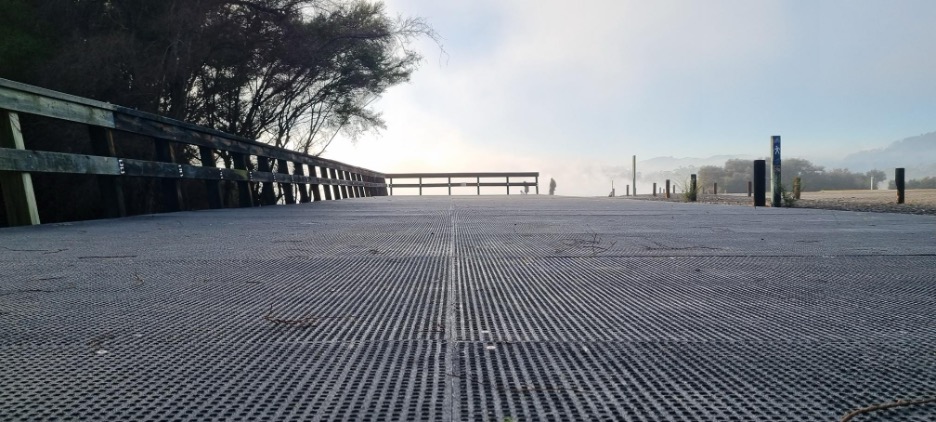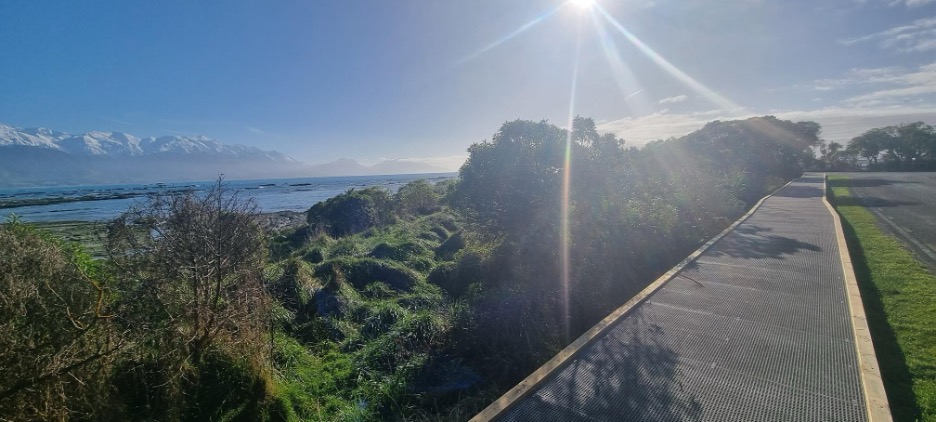New Zealand’s naturally high UV index presents undeniable challenges for the longevity and performance of construction materials. Traditional materials like steel and timber, while widely used, often fall short in these harsh conditions. The detrimental effects of UV radiation, including structural degradation, and increased maintenance requirements, cannot be ignored.
The Impact of High UV Index on Common Materials
Steel: Steel, a popular choice for structural components, faces the threat of UV-induced degradation. Prolonged exposure to UV rays can accelerate corrosion, weaken protective coatings, and cause surface embrittlement. Over time, this can compromise the structural integrity of steel, leading to costly repairs or replacements.
Timber: Timber, despite its natural appeal, is particularly vulnerable to UV radiation. Prolonged exposure can cause the wood to fade, crack, and lose its structural integrity. The lignin in wood, which binds the cellulose fibres together, breaks down under UV light, leading to compromised structures. This causes significant challenges to their lifespan.

Lake Rotorua Viewing Platform, Rotorua NZ – EX-Series® GratEX® FRP Micro Mesh Grating

Point Kean, Kaikoura NZ – NatureTREAD™ FRP Boardwalk
Treadwell FRP’s Advantage against High UV Environments
In response to the challenges posed by New Zealand’s high UV index, FRP products emerge as the material of choice, adding value to structures present in industries such as Recreational Public Infrastructure, and Water and Wastewater Plants.
- UV Resistance: FRP outperforms steel and timber under UV exposure. The fibres and resin matrix in FRP are specifically designed to withstand harsh UV conditions, ensuring long-term durability and minimal maintenance.
- Corrosion Resistance: FRP is naturally resistant to corrosion. This is particularly important in coastal regions of New Zealand, where saltwater and high UV levels can easily damage conventional materials.
- Lightweight yet Strong: The lightweight nature of FRP allows for lower costs associated with transportation and installation, while maintaining strength superior to that of metallic alternatives.
- Low Maintenance: FRP’s resistance to UV radiation, corrosion, and other environmental factors translates to lower maintenance costs over the lifespan of a structure.
 NZ
NZ
 AU
AU
 UK
UK